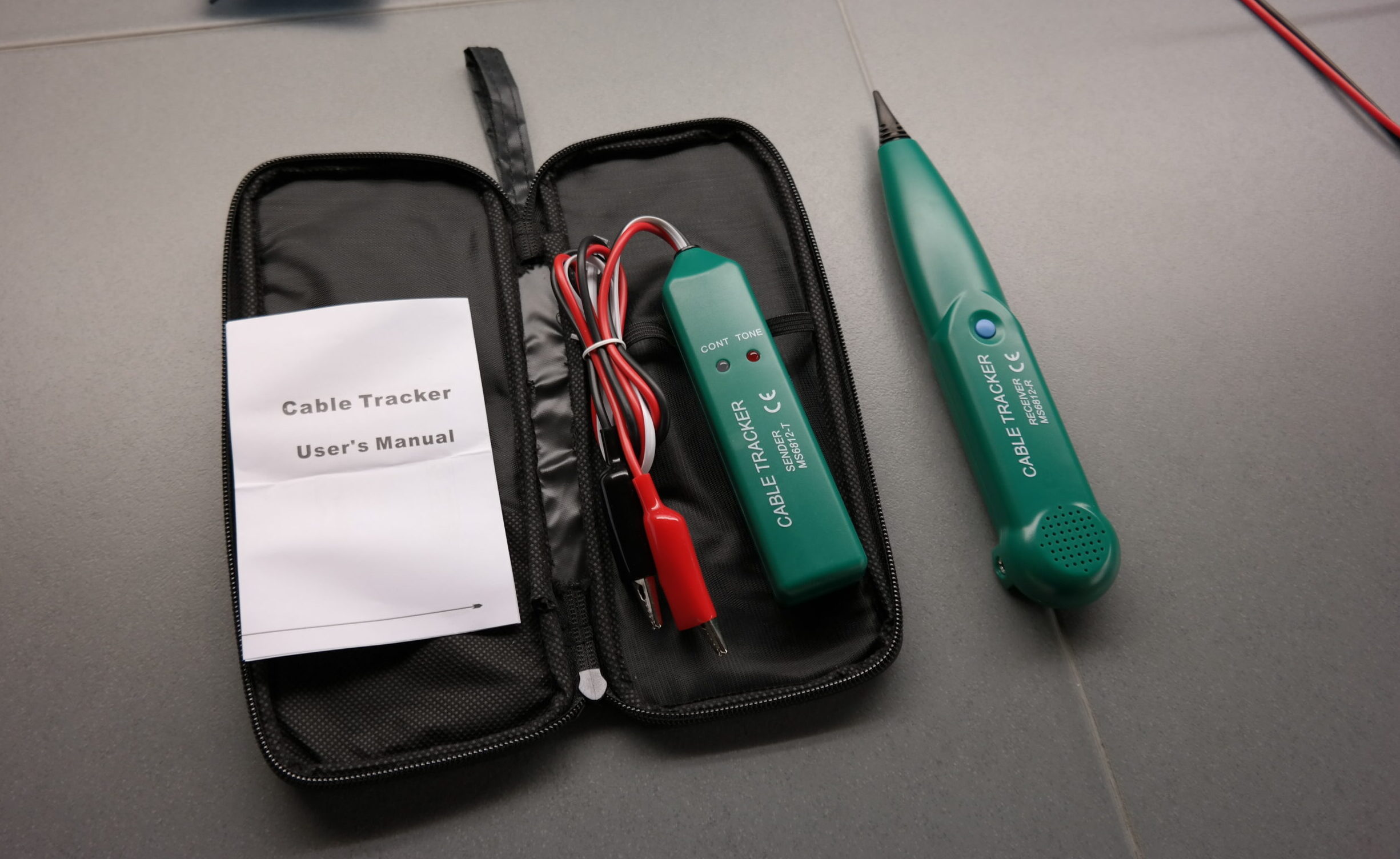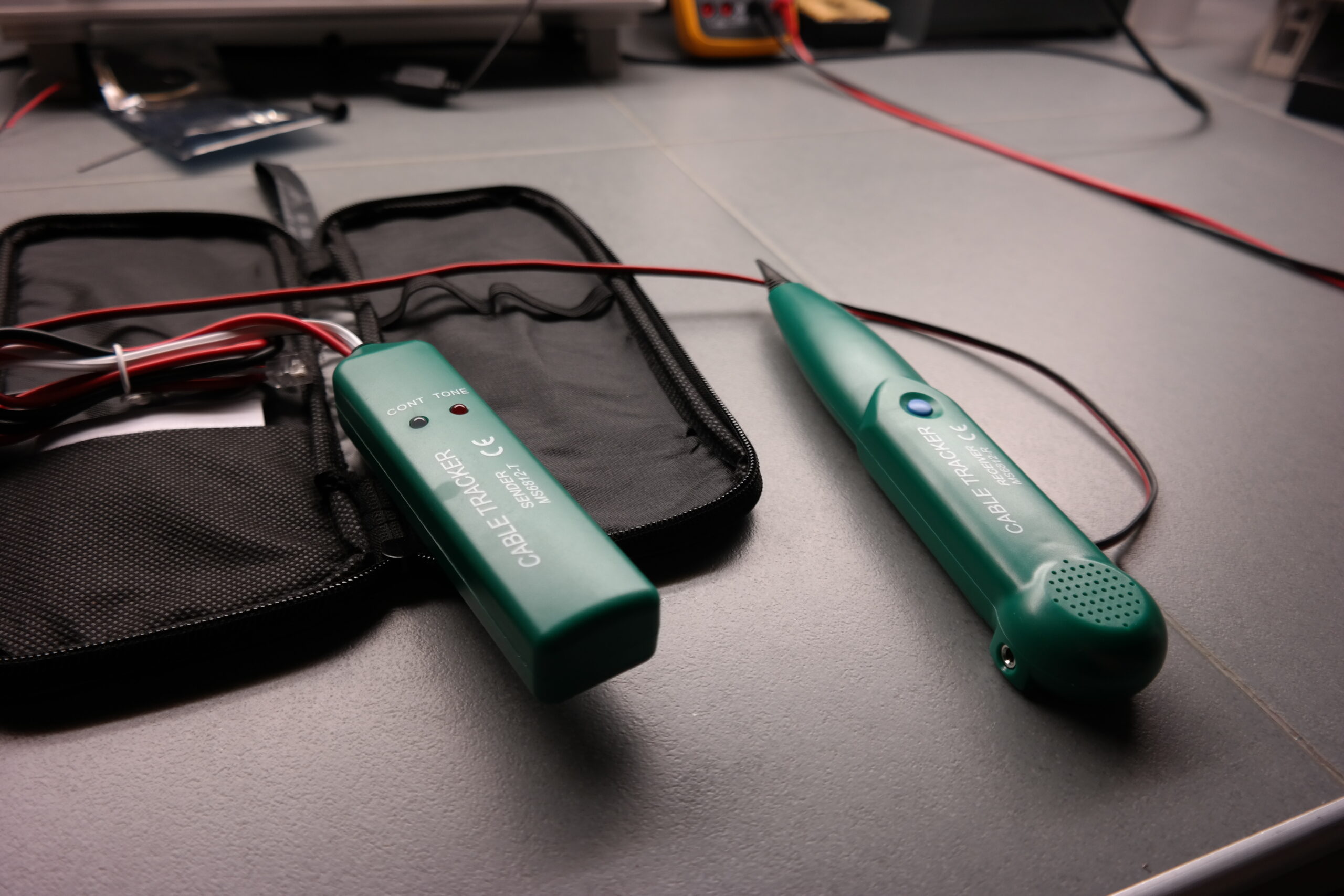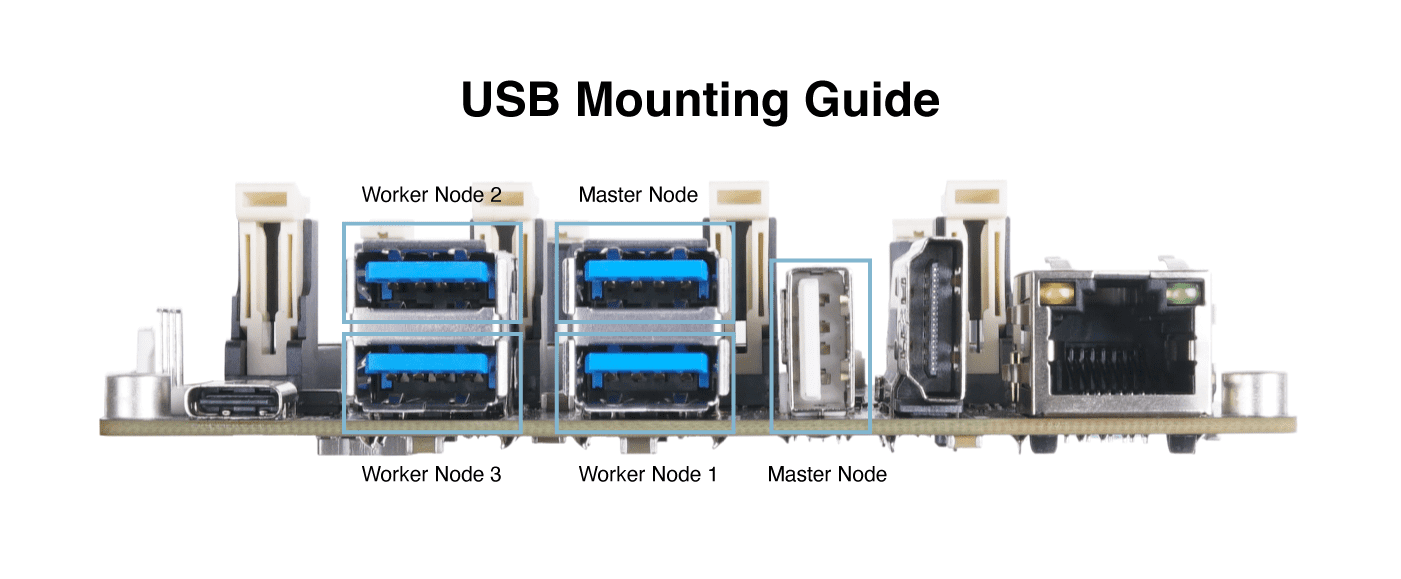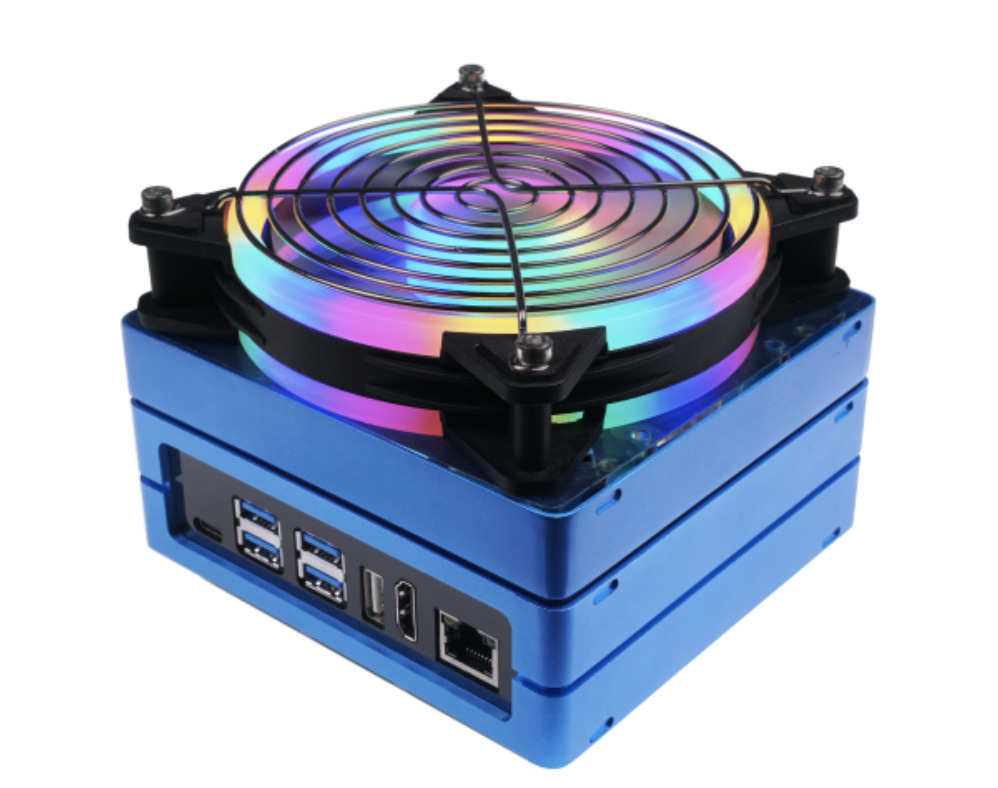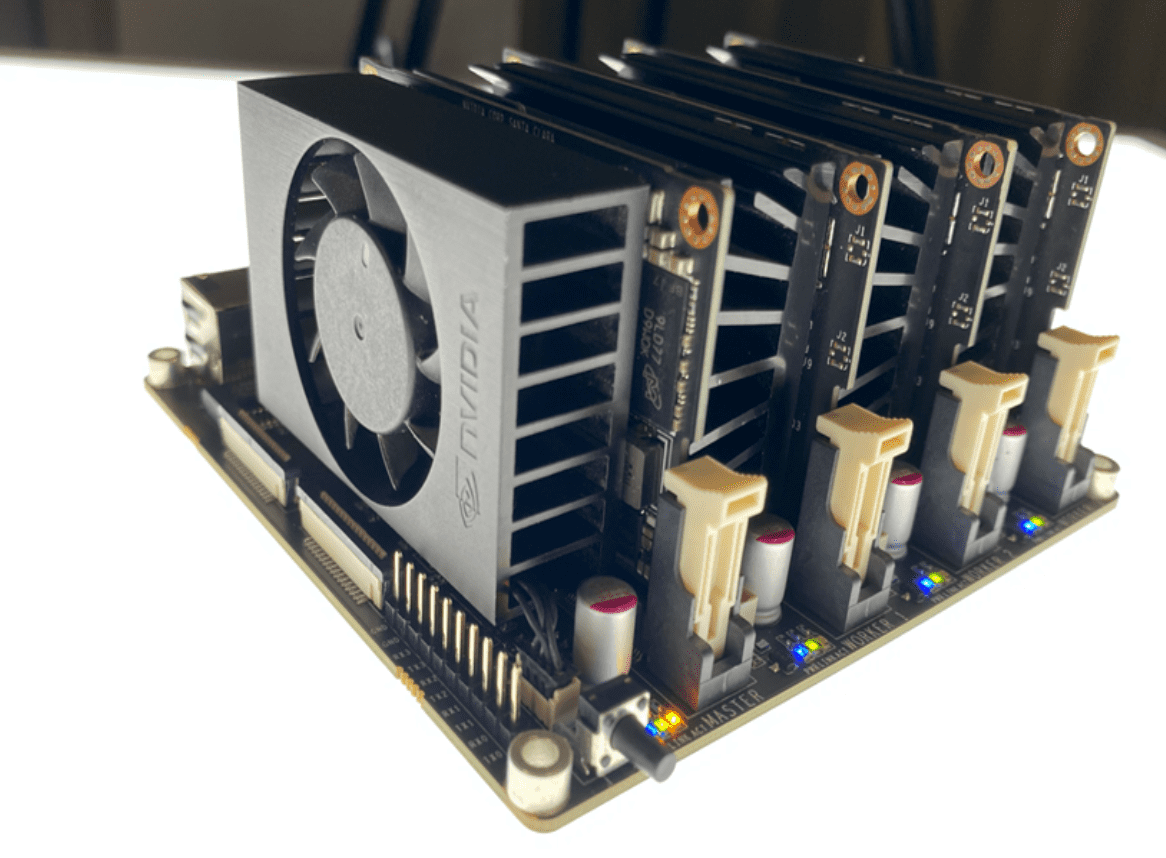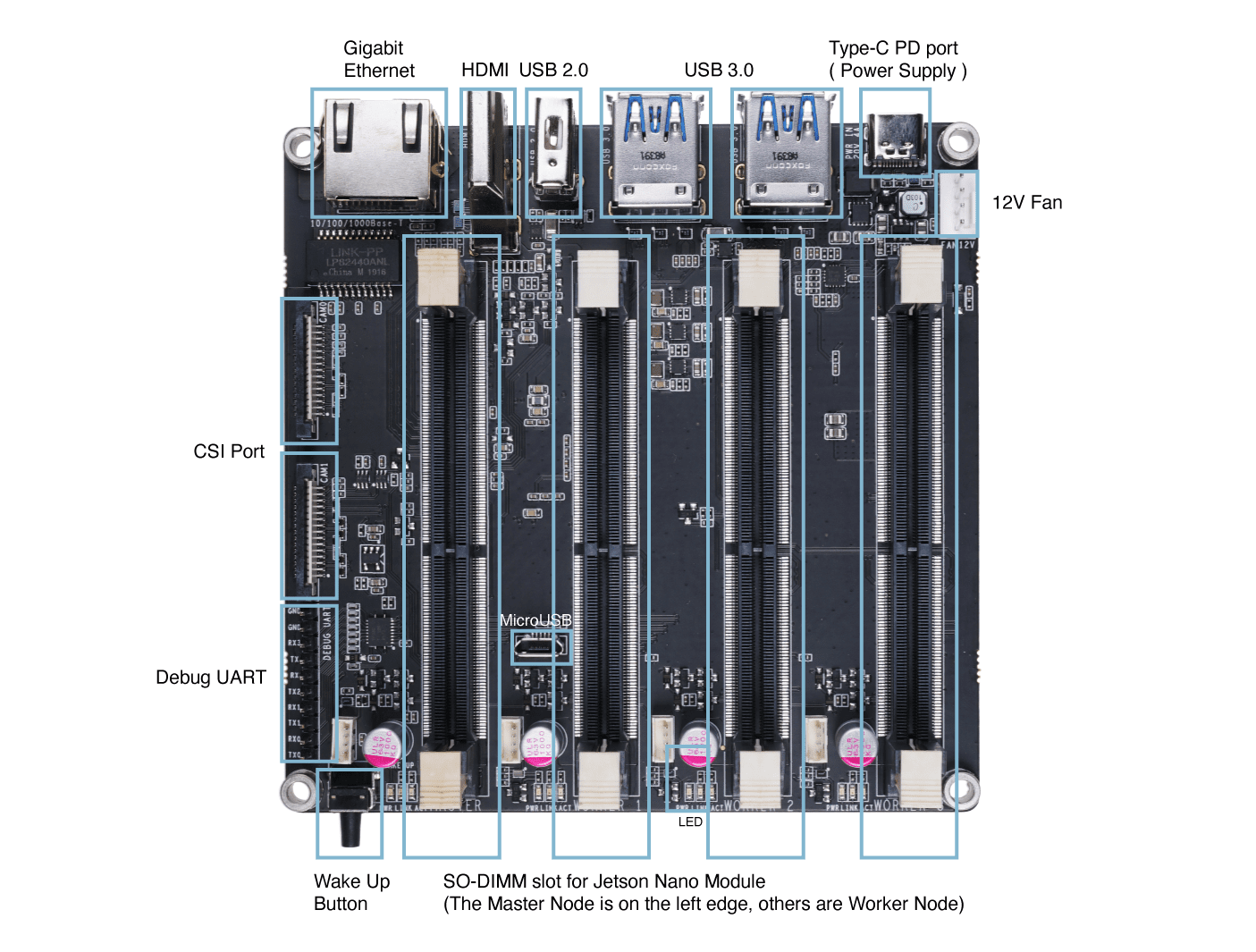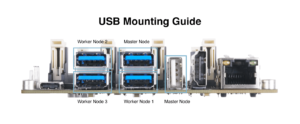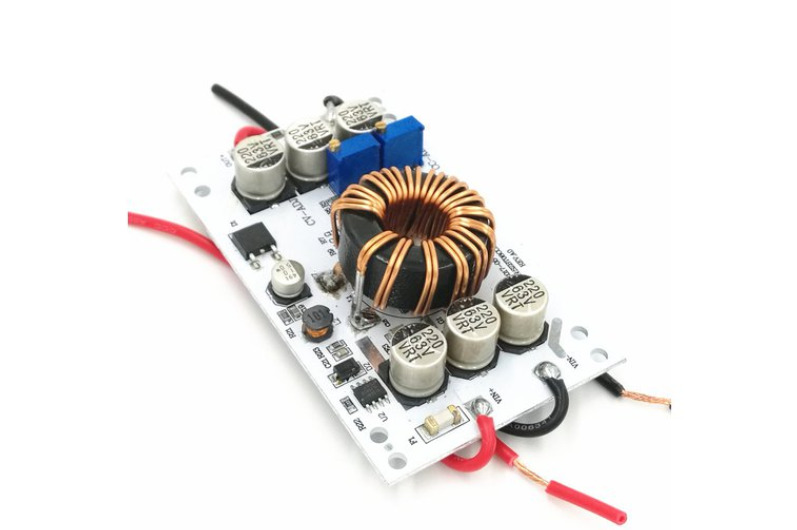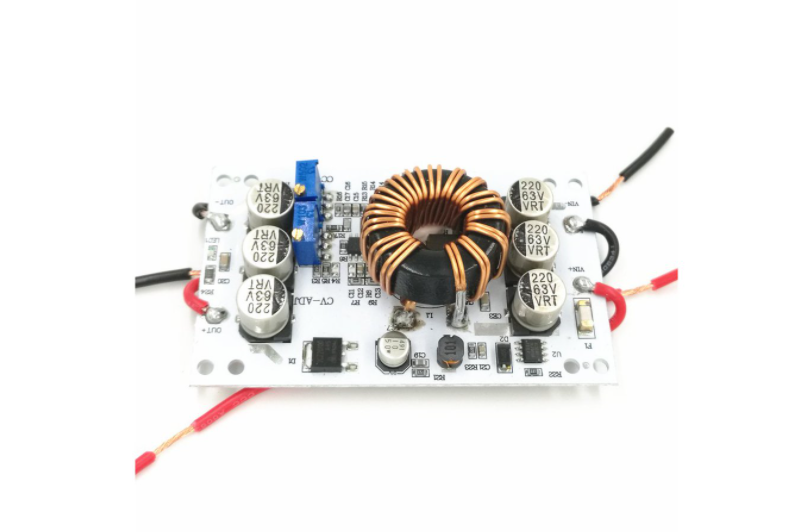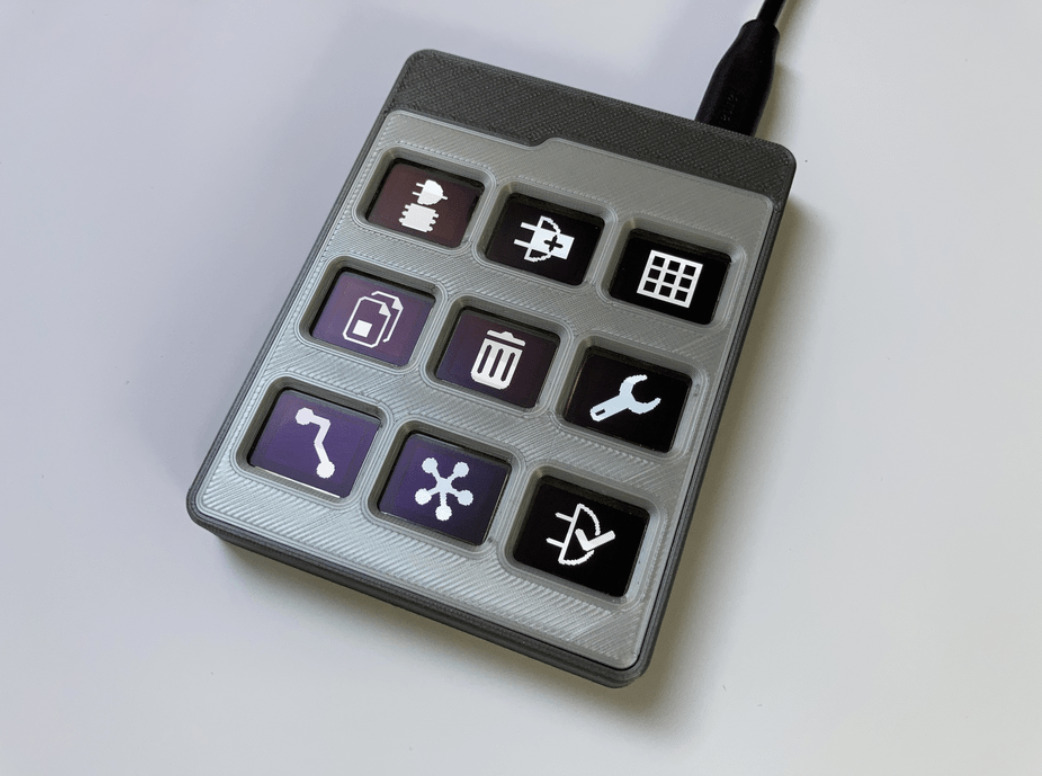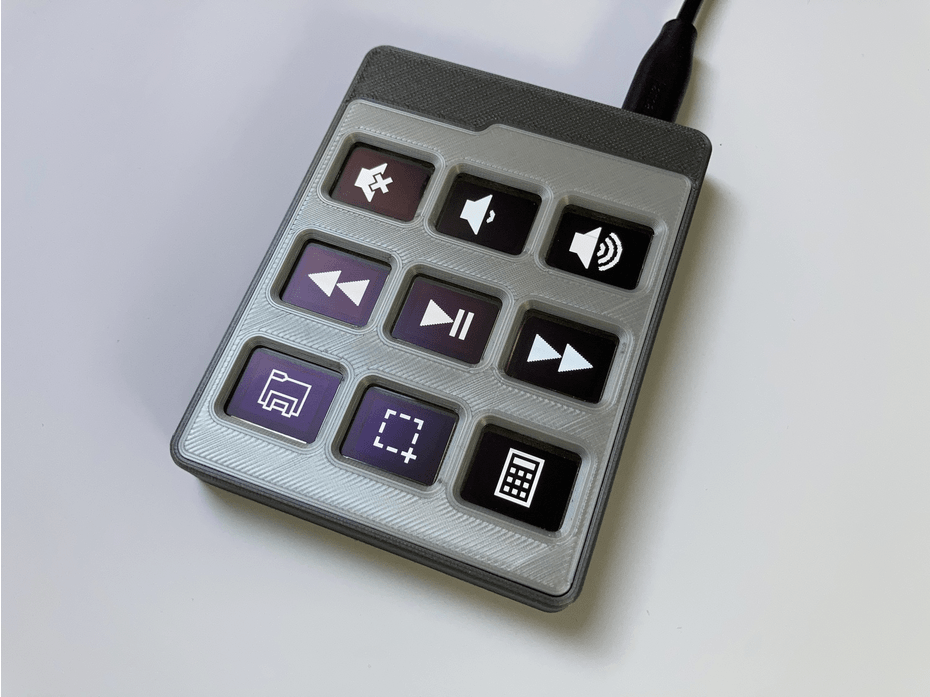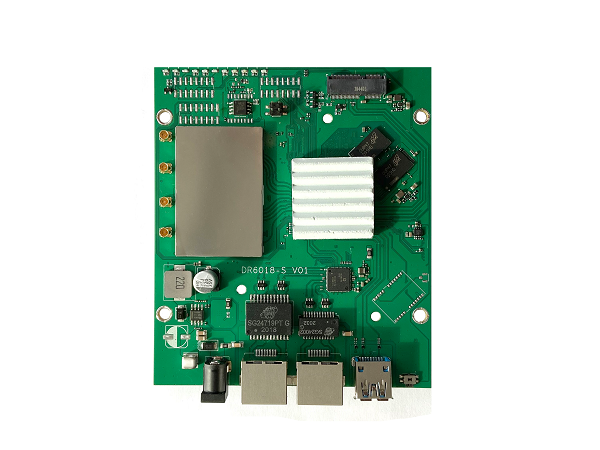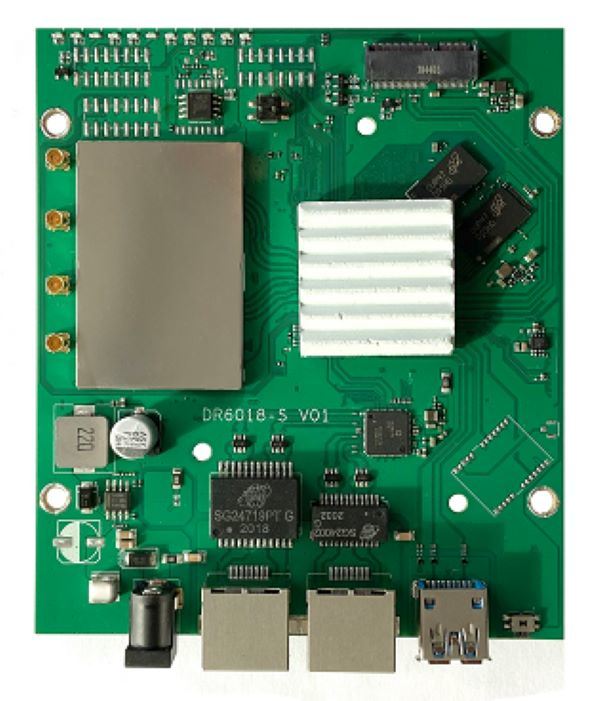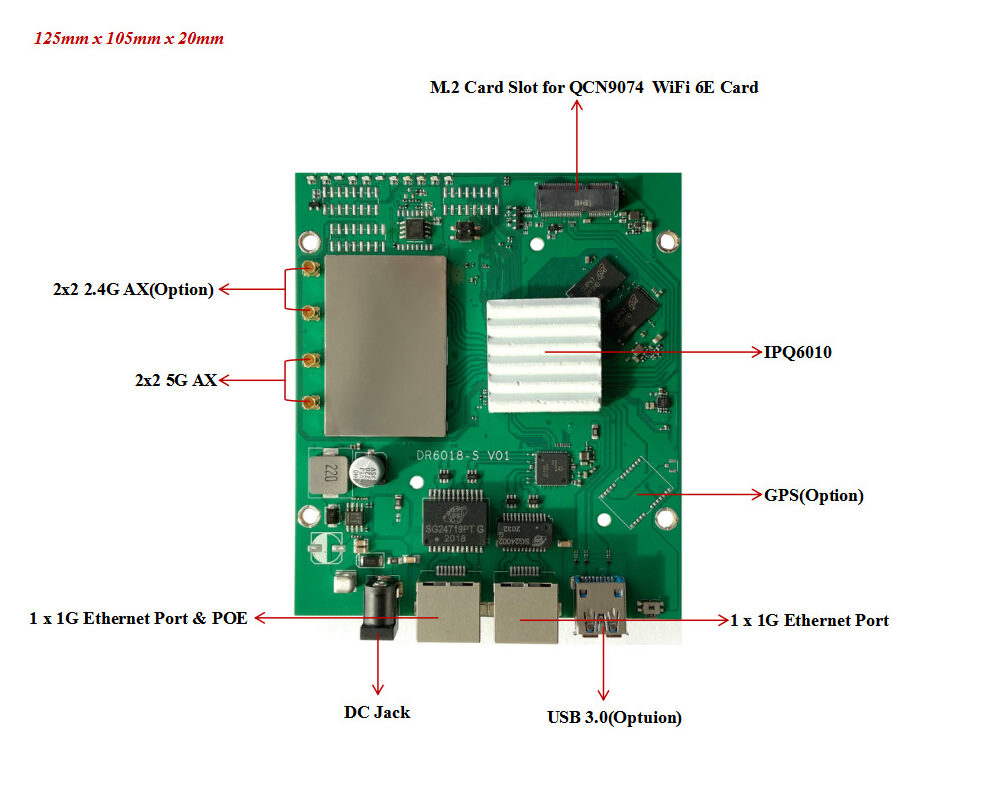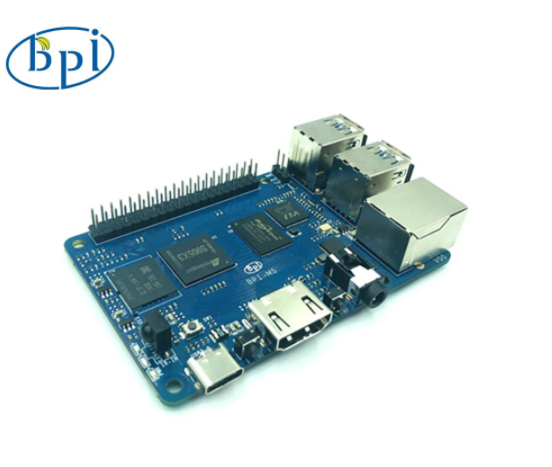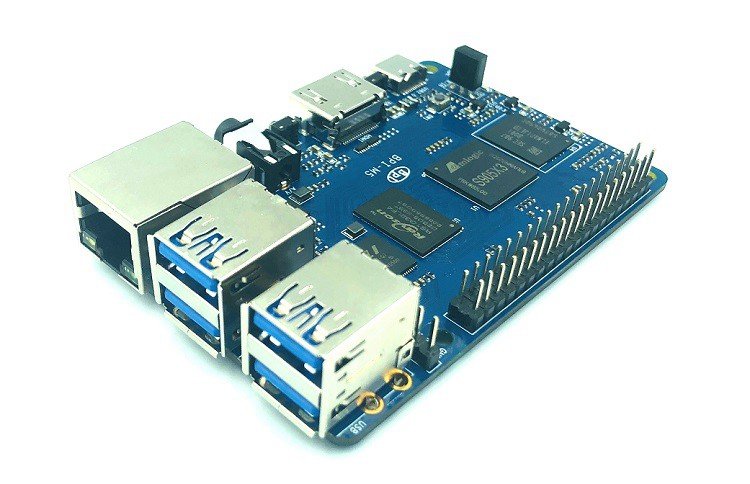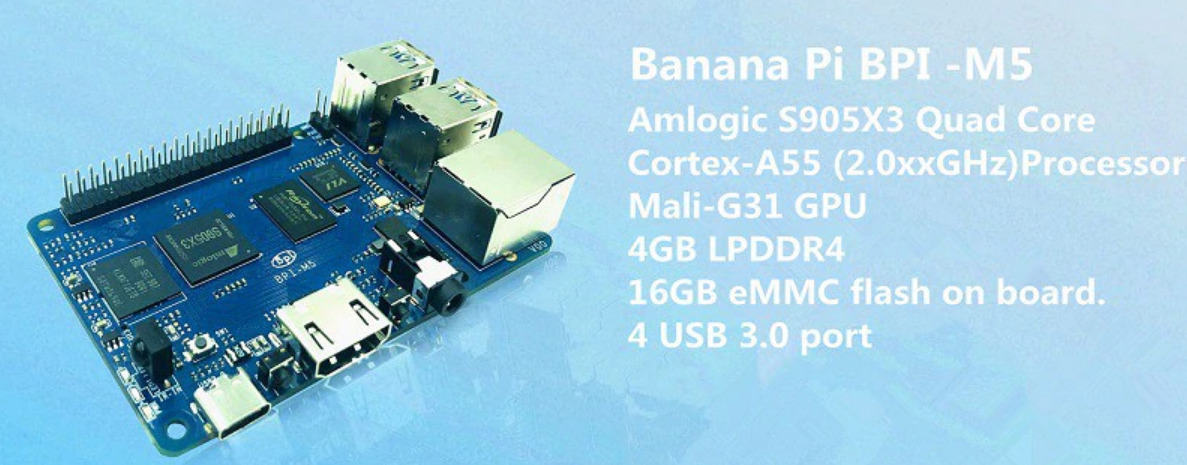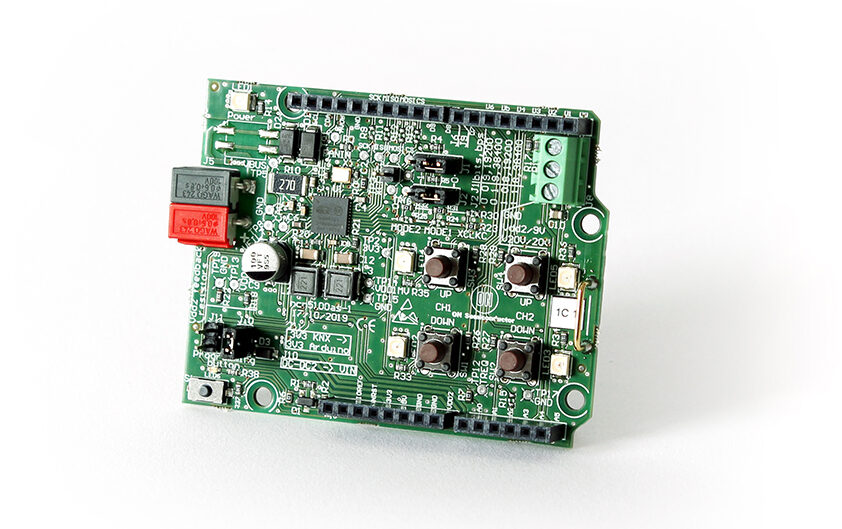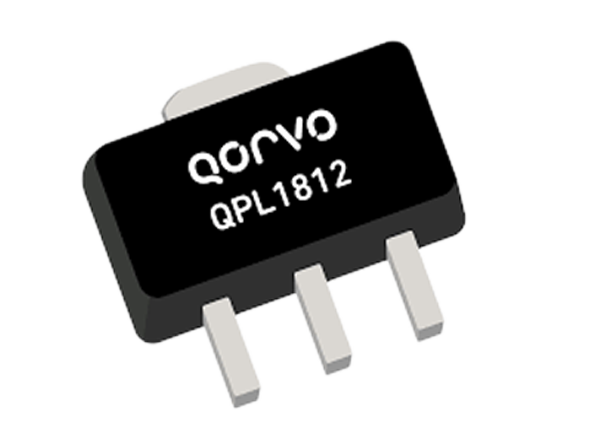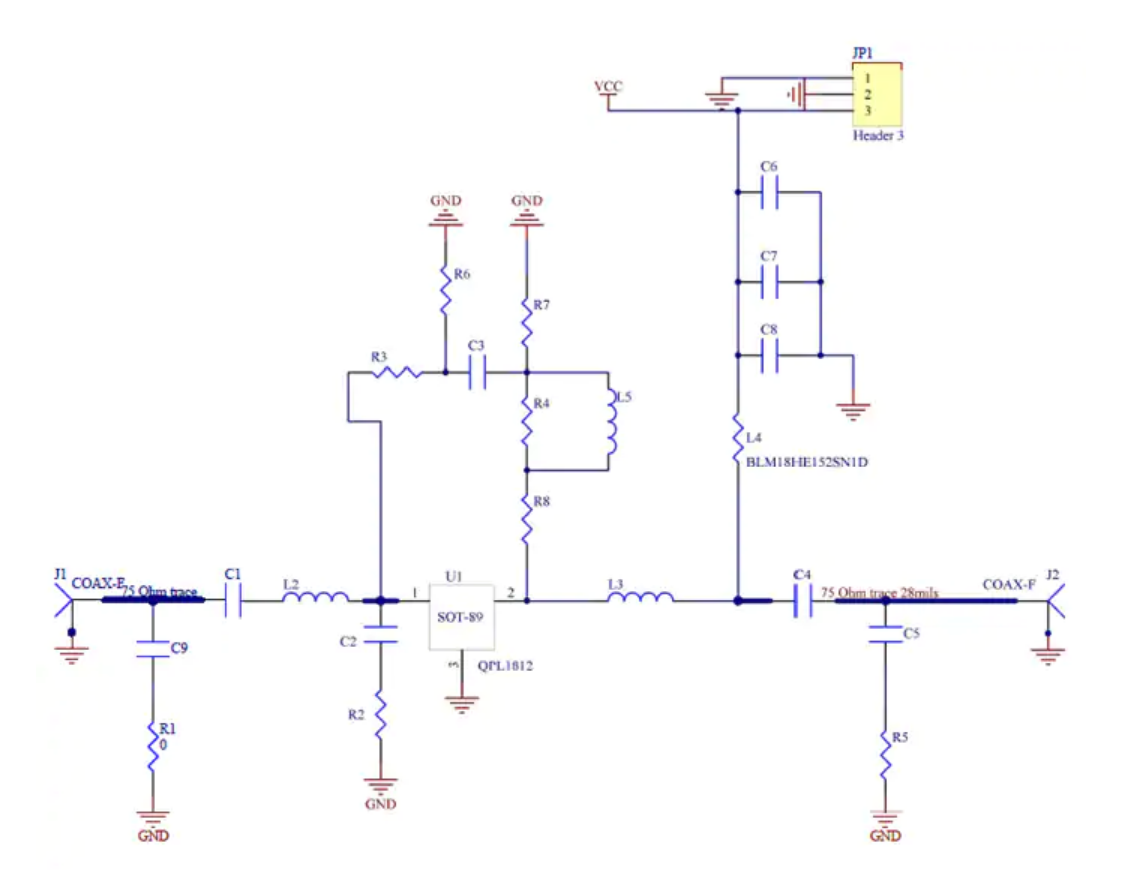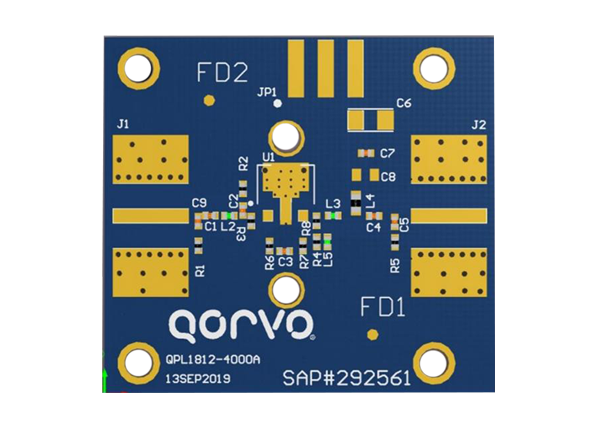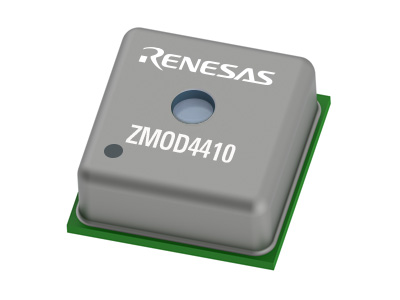Having to trace tangled and enclosed wires can be tiring and annoying. However, the Mastech MS6812 cable tester helps you solve the problem. The tester is designed to locate a single wire or cable and trace its path in the cable line without damaging the insulation. The locator is made out of durable high-quality plastic in green color. Its antenna is located at the top end of the receiver, and the volume control is located on the side. The locator comprises of a transmitter and a signal receiver, which can track the route of the cable laying, search for a wire, test for wire breakage, detect the location of the wire break, determine the polarity, integrity, and state of telephone lines when connecting the transmitter to telephone sockets and send a single tone signal over the wires. The MS6812 enables you easily find hidden wiring for electrical and telephone cables, find a broken cable break, wire continuity (ring the cable), detect a tone and determine the polarity in a telephone line, and determine line status.
![]()
The Mastech MS6812 is a good tool for technicians who lay, maintain, and repair telephone lines. The main components in the cable tester consist of a receiver and a transmitter. The transmitter works by generating a sinusoidal signal with a frequency of about 2 kHz. The transmitter is equipped with red and black connecting wires and a standard 4-wire telephone cable with a plug. The receiver is equipped with a highly sensitive sensor and amplifier. If you want to search for a wire, you turn on the transmitter, connect the black wire to the case or ground, and the red wire to the circuit you are searching through. The receiver must be brought to the line you are searching through, you will hear a higher sound volume when you are close to the desired conductor. The volume control in the receiver enables you to increase the sensitivity and tune the device to your desired operating conditions. You can also use headphones with the device, it is equipped with a special connector for this connection. To power the device, there is a 9V battery.
If you are working in a noisy room, you can connect a headphone to the device. You can connect the headphone at the bottom, where you will find a standard 3.5 headphone jack. The speaker and the on / off button of the device are located on the top panel of the Mastech MS6812 locator device. We should note that the blue button for turning the tester on and off has no latch, so Mastech works only if it is kept constant. The Mastech is powered by a battery, and you can find the battery compartment at the bottom. The transmitter features 2 LEDs that light up when the tester is running. This helps to relay information when checking the integrity and condition of telephone lines. Each tone indicates which mode is on.
The outputs of the Mastech transmitter must be connected to the line under investigation. The output is also an RJ-11 connector that can connect to telephone sockets. The transmitter also features another switch on the board, which is discrete volume control. The MS6812 enables you easily find hidden wiring for electrical and telephone cables, find a broken cable break, wire continuity (ring the cable), detect a tone and determine the polarity in a telephone line, and determine line status.
Technical specifications include:
- Material: Plastic
- Receiver Size: Approx. 23.5×3.5cm/9.25×1.38″
- Emitter Size: Approx. 14.5×3.5cm/5.71×1.38″
- Power Supply: 2 x 9V Batteries (Not Included)
- Frequency Signal: 1.5kHz
- Receive Frequency Range: 100-300kHZ
![]()
Video
Mastech MS6812 is powered by a 9V battery. In the package, you find a receiver, a transmitter, a soft case, and an instruction manual, presented in English. The MS6812 is available on Banggood for $18.99.


